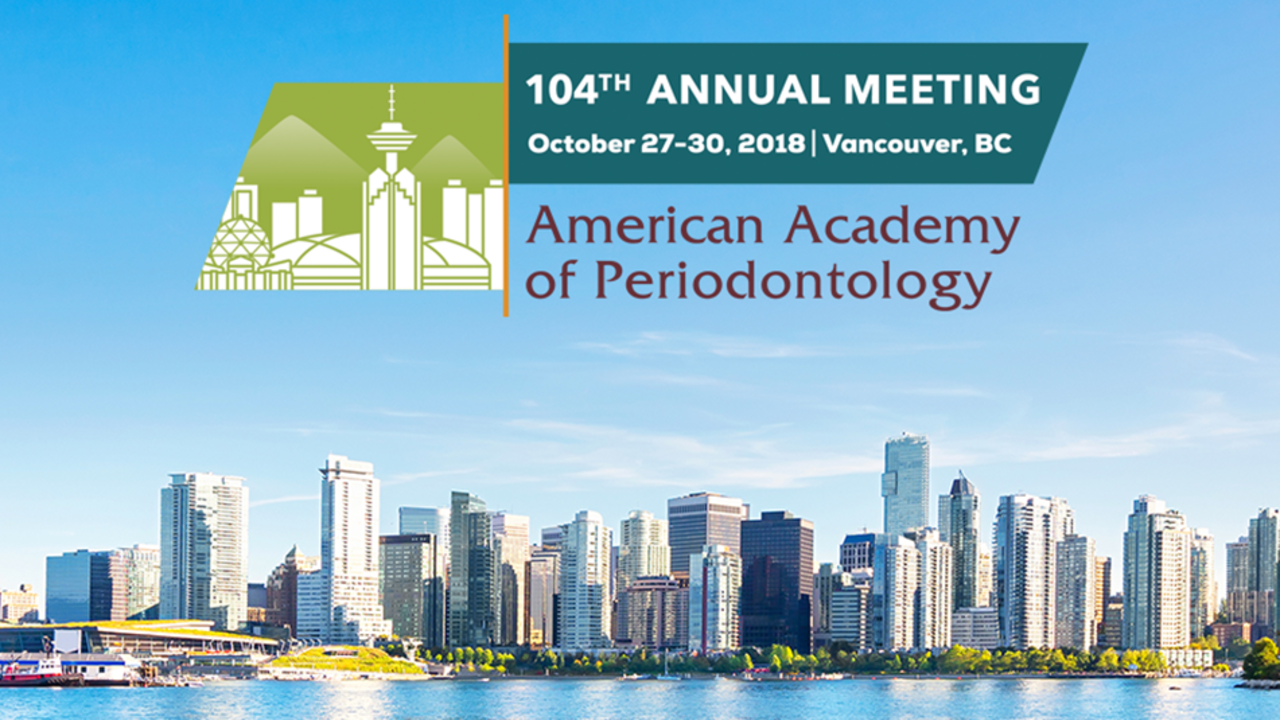How Periodontists Can Prepare Themselves for the 2017 World Workshop Changes on the Classification of Periodontal and Peri-Implant Diseases and Conditions

Are you aware of the new classifications of periodontal and peri-implant diseases and conditions?
The American Academy for Periodontology recently released several changes to periodontal diagnosis, and these changes will affect the patient services and care you provide.
AAP Changes in Periodontal Disease Diagnosis
The recent update to the classification for peri-implant disease and conditions is a comprehensive effort that periodontists haven’t seen the likes of in almost 20 years. All of the following have been affected, at least in part, by the recent restructuring:
- Acute periodontal conditions
- Endo-periodontal lesion
- Necrotizing gingivitis
- Necrotizing periodontitis
- Periodontal abscess
- Periodontal disease
- Periodontitis
- Periodontal classification
- Gingivitis
- Peri-implant mucositis
- Peri-implantitis
- Peri-implant tissues
- Case definition
- Hard tissue deficiencies
- Soft tissue deficiencies
As a result, periodontitis is no longer classified as chronic or aggressive, but is now classified as one of three categories:
- Periodontitis,
- Necrotizing Periodontitis, or
- Periodontitis as a manifestation of systemic conditions
There are now four categories of Periodontitis staging (Stage I being the least severe, to stage IV, which is most severe). These stages indicate the severity and the complexity of the disease.
Finally, there are now three levels of Periodontitis grading which indicate the risk of Progression:
- Grade A = low risk of progression
- Grade B = moderate risk of progression
- Grade C = high risk of progression.
We’ve skimmed the surface here. The actual details from the AAP are far more in-depth, but even so, the new rules can seem vague and leave much up for debate. You can view the proceedings in detail at the AAP website;
How Periodontists Should Prepare
Major changes to diagnosis aren’t easily learned and adapted overnight. This is very hard for any person, whether you’re a highly educated and intelligent doctor or brand new to the field of periodontics.
Many of the periodontists we’ve worked with aren’t fully aware of the AAP changes. Others struggle to find time to read through the updates, much less commit them to memory.
As a periodontal professional, the best thing you can do to adopt new diagnosis terms in your practice is to simplify the process as much as possible.
Having a central source to go to for information takes much of the pressure off because it presents everything you need to know upfront without intensive research. You can know at a glance if you’re meeting the right criteria, which in turn allows you to deliver fast, efficient care to your patients.
To help, we’ve put together a free AAP Classification Changes Quick Reference Guide which briefly outlines important information, so you don’t have to spend hours reading full reports and deciphering vague tables to find what needs to be done. We also recommend using it to train and educate your team and referring doctors on the changes, so they can remain prepared and competent. In this guide we have also included a special communication report for you, that will make it easy to notify your referring practices about the changes.
Because of the AAP’s new structure to diagnosis, there’s never been a better time to take advantage of PANDA Perio, and right now we’ve sweetened the deal: We’re offering up to 15% savings on PANDA Perio annual subscriptions from now through the 104th AAP Annual Meeting in October. The sooner you start, the more you can save!
PANDA Perio’s Role in Diagnosis
PANDA Perio does not claim to diagnose or treatment plan in place of the Periodontist and has no legal ability to do so. However, PANDA Perio continues to act as a valuable resource for periodontists, especially in light of the new diagnosis structure.
Our software aligns with the AAP’s recent changes to diagnosis to help periodontists make an easier transition. With accurate, up-to-date information at your fingertips at all times, you can feel confident about implementing diagnosis changes into your practice without the fear of forgetting or overlooking crucial information. PANDA Perio was designed specifically for the needs of periodontists and continues to provide the sense of security you need to remain consistent, compliant, and professional.
And don’t forget: We’ll be at Booth #1226 this year at the AAP Annual Meeting, offering live demonstrations of PANDA Perio, while our CEO and Co-Founder Dr. Michael Zybutz and Anne Shields, VP, will be there to answer your questions. Take advantage of the savings now – our best rate ends this month. We look forward to meeting you!
Do you want to find out How PANDA Perio Can Help You and Your practice?
Click here to schedule a live demonstration

